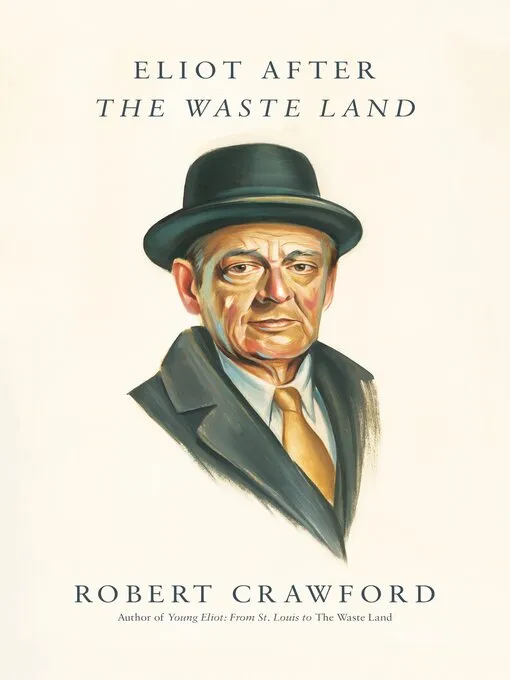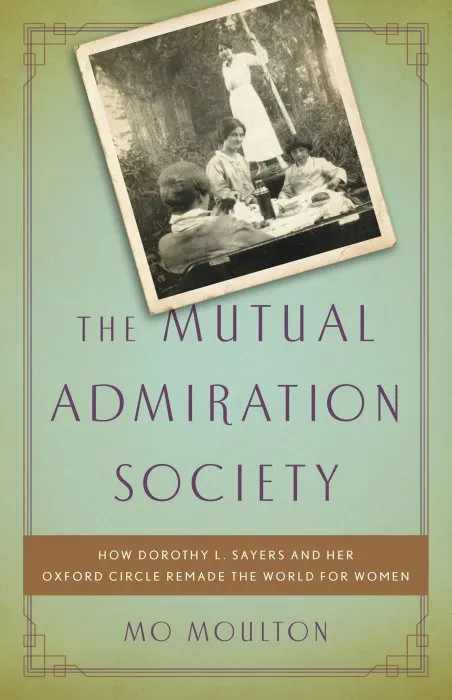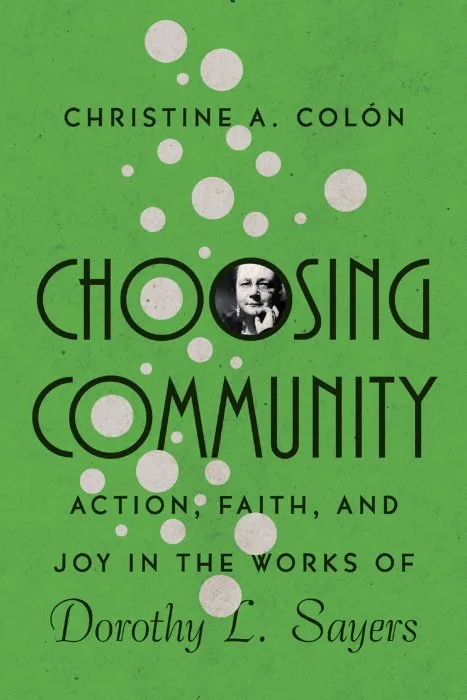The Lion in the Waste Land: Fearsome Redemption in the Work of C. S. Lewis, Dorothy L. Sayers, and T. S. Eliot

Date: September 18th, 2018
Сategory: Language Arts, Criticism
ISBN: 1606353381
Language: English
Number of pages: 216 pages
Format: EPUB
Add favorites
As bombs fell on London almost nightly from the autumn of 1940 through the summer of 1941, the lives of ordinary people were altered beyond recognition. A reclusive Oxford lecturer found himself speaking, not about Renaissance literature to a roomful of students but about Christian doctrine into a BBC microphone. A writer of popular fiction found herself exploring not the intricacies of the whodunit but the mysteries of suffering and grace.
An erudite poet and literary critic found himself patrolling the dark streets and piecing together images of fire and redemption. C. S. Lewis, Dorothy L. Sayers, and T. S. Eliot became something they had not been before the war: bearers of a terrible, yet triumphant, message that people could not expect to be spared from pain and suffering, but they would be re- deemed through pain and suffering.
The Lion in the Waste Land initially explores the personal dynamic between these three writers and their misgivings about taking on the role of Christian apologist. Brown goes on to examine the congruency in their depictions of the nature of Christ, of conversion, and of angelic beings; and she highlights the similarity in their views of war and suffering, their portrayals of life as a pilgrimage to heaven, and their arguments for the value of walking in the "old paths" described in Scripture.
Eliot depicted the world as a treacherous Waste Land where spiritual quests are fraught with disappointment and danger. Sayers recognized that the message of redemption through Christ is a thing of terror. Lewis's Narnia books depicted the nature of Christ through the lion Aslan, who is good but not safe. Brown contends that the works of these three authors also offer hope in the midst of adversity, because they recognize that although redemption is a fearsome thing—like the image of a lion—it is also glorious.
An erudite poet and literary critic found himself patrolling the dark streets and piecing together images of fire and redemption. C. S. Lewis, Dorothy L. Sayers, and T. S. Eliot became something they had not been before the war: bearers of a terrible, yet triumphant, message that people could not expect to be spared from pain and suffering, but they would be re- deemed through pain and suffering.
The Lion in the Waste Land initially explores the personal dynamic between these three writers and their misgivings about taking on the role of Christian apologist. Brown goes on to examine the congruency in their depictions of the nature of Christ, of conversion, and of angelic beings; and she highlights the similarity in their views of war and suffering, their portrayals of life as a pilgrimage to heaven, and their arguments for the value of walking in the "old paths" described in Scripture.
Eliot depicted the world as a treacherous Waste Land where spiritual quests are fraught with disappointment and danger. Sayers recognized that the message of redemption through Christ is a thing of terror. Lewis's Narnia books depicted the nature of Christ through the lion Aslan, who is good but not safe. Brown contends that the works of these three authors also offer hope in the midst of adversity, because they recognize that although redemption is a fearsome thing—like the image of a lion—it is also glorious.
Download The Lion in the Waste Land: Fearsome Redemption in the Work of C. S. Lewis, Dorothy L. Sayers, and T. S. Eliot
Similar books
Information
Users of Guests are not allowed to comment this publication.
Users of Guests are not allowed to comment this publication.




